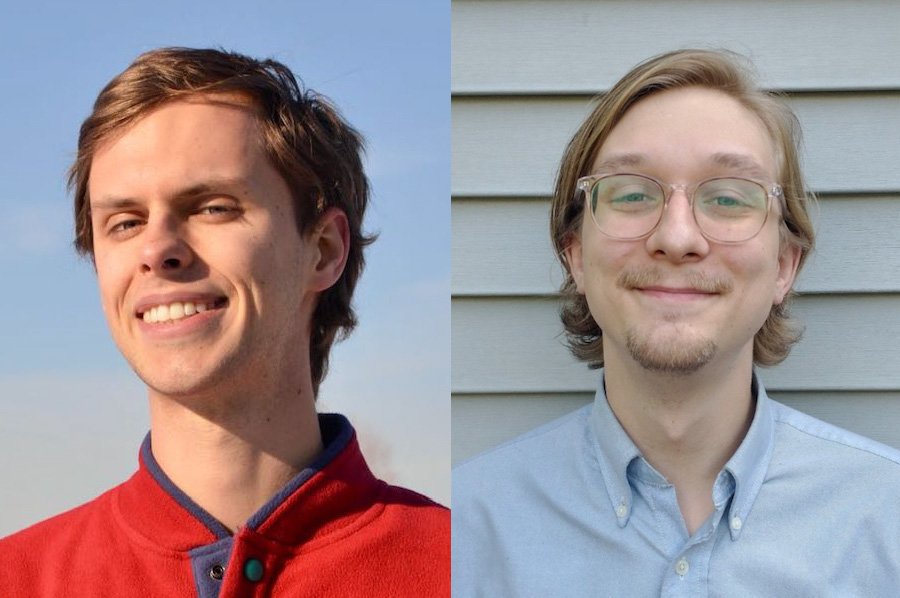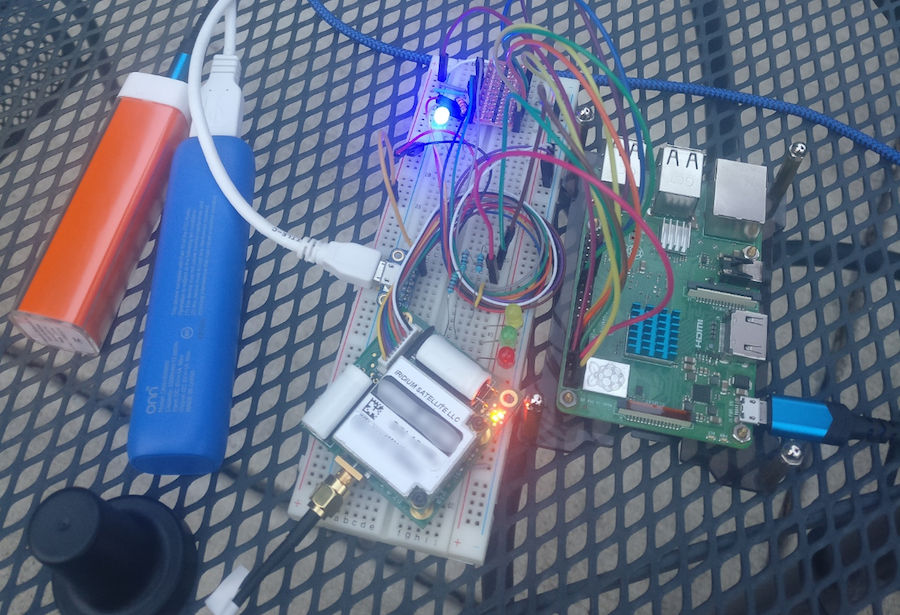Pandemic doesn’t stop NASA—or CSE student interns

Photos courtesy of Per Jorgenson and Eric Geistfeld.
Students complete summer aerospace engineering internships at NASA virtually
When Per Jorgenson graduated high school, his “stretch” goal was to work for NASA. Last summer, before even obtaining his undergraduate degree, he fulfilled that dream.
Jorgenson is a senior studying physics in the College of Science and Engineering (CSE) at the University of Minnesota. He’s one of several CSE students who participated in virtual internships through NASA’s Ames Research Center in summer 2020.
“There was a cool factor for me,” he said. “There was one thing I wanted to do in the future, and it was work for NASA.”
“Being able to work with people who are experts in their field and learn from the way they go about things is really beneficial,” Jorgenson said.
The students’ internships largely focused on hypersonics, a branch of aerospace research on vehicles that travel faster than five times the speed of sound, or Mach 5.
Jorgenson, along with aerospace engineering graduate students Alex Hayes and Nathaniel Anderson, worked on research related to the Hypersonic Configurable Unit Ballistic Experiment (HyCUBE) project in the UMN Small Satellite Research Laboratory on the Twin Cities campus. CSE graduate students Eric Geistfeld and Zachary Johnston, also studying aerospace engineering, participated in NASA internships in molecular and fluid dynamics simulations for hypersonic flight.
World-class research at home
The students were originally supposed to spend the summer working in-person at the NASA facility in California’s Silicon Valley. However, their internships went virtual because of the ongoing pandemic.
For Jorgenson, that meant setting up experiments in his backyard.
As part of the HyCUBE project, researchers in the Department of Aerospace Engineering and Mechanics’ Small Satellite Lab on the Twin Cities campus are planning to launch a cube satellite and deliberately de-orbit it in order to study what happens when it falls back to Earth at hypersonic speed. Since NASA is working on similar problems, it became a natural collaboration.
Jorgenson’s job was to find a way to record data from the satellite as it’s burning up in the atmosphere. During his internship, he found success using a modem from the satellite communication company Iridium—essentially using phone signals to transmit data from the satellite to the ground.

“Our hope here at the U of M with the Small Satellite group is to work with NASA in parallel,” Jorgenson said. “It benefits us for our research purposes with HyCUBE, and also they’re looking at using it to further their own projects.”
Geistfeld, a fourth-year Ph.D. student studying aerospace engineering, works in CSE professor Tom Schwartzentruber’s computational gas dynamics lab. He spent the summer accessing the lab’s supercomputer from home, creating simulations of the molecular collisions that happen when vehicles move at hypersonic speeds.
His research can ultimately help scientists understand how these collisions—or chemical reactions between molecules—affect the vehicle itself, which could inform the design and materials NASA uses for future space missions.
“Sometimes there are so many reactions happening that the cloud around your space vehicle blocks radio transmissions,” Geistfeld explained. “That happens to capsules landing on Mars, for example. You need this fundamental understanding of the chemical reactions to start looking at problems like that and make accurate predictions to keep your space capsule safe.”
Quarantine connections
Despite being forced to work remotely, the CSE students still felt like they benefited immensely from their experiences. And although they used U of M equipment for their projects, they received guidance from experts at NASA through weekly Zoom meetings.
“In the middle of pandemic, I think my skills had been sliding a little bit,” Geistfeld said. “This forced me to adapt, develop better habits, get better at certain research practices.”
“I had a responsibility that forced me to work a lot harder, but I learned so much and became a more competent scientist on a faster time scale,” he said.
Jorgenson and Geistfeld both emphasized the importance of building a network, and that the connections they made during their internships could lead to jobs or research opportunities later on.
“It was great experience,” Jorgenson said. “This stuff is really cool, and I want to continue working on small aircraft and aerospace stuff in general. Small satellites are kind of a big thing, and they’re getting bigger. I’d like to continue doing stuff with that hopefully.”
And of course, it’s cool because it’s NASA.
“I mean, I was stuck at home every day, but I got to get up and be like, ‘I’m working for NASA though,’” Geistfeld said. “My advisor worked at NASA shortly after people had landed on the moon. I was awestruck just getting to work with him. It was a really great experience.”
Story by Olivia Hultgren
If you’d like to support students at the University of Minnesota College of Science and Engineering, visit our CSE giving page.